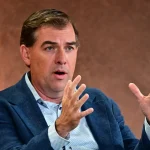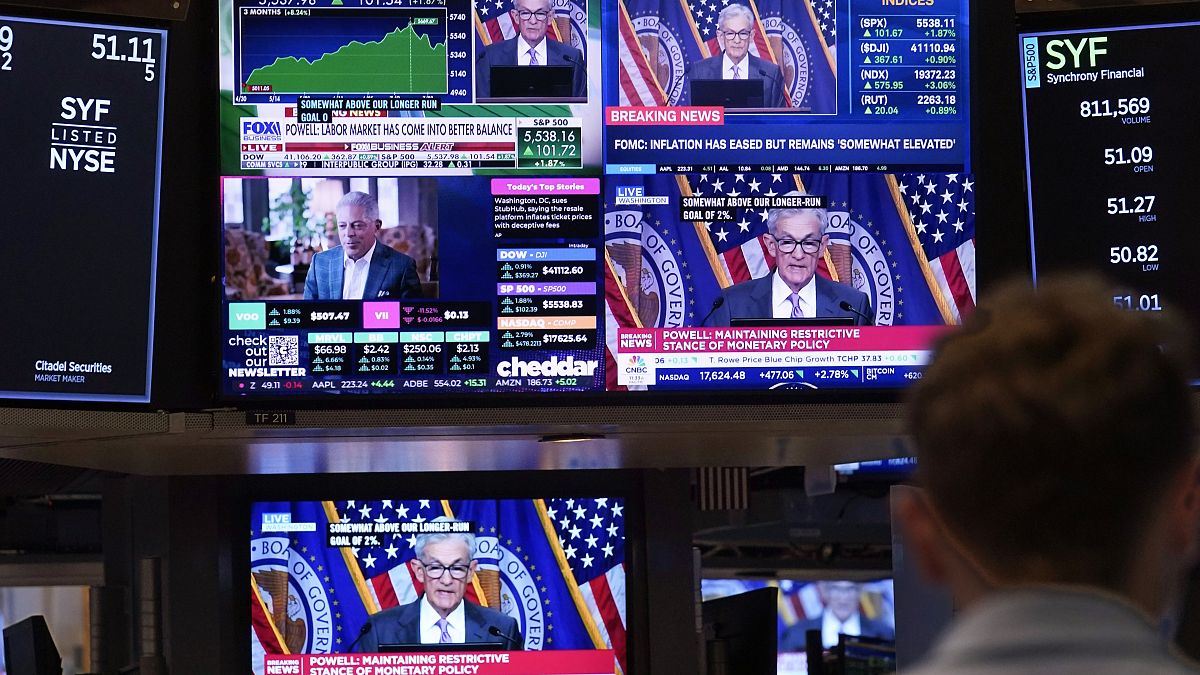In his keynote speech at the Fed’s annual economic conference in Jackson Hole, Jerome Powell highlighted that inflation, post the worst price spike in four decades, seems to be largely under control. The US Federal Reserve Chairman expressed the need to start reducing its key interest rate from its 23-year high but did not mention the exact timing or extent of the rate cuts. It is widely anticipated that the Fed will announce a modest quarter-point cut in its benchmark rate at the upcoming meeting in mid-September. Powell emphasized that the direction of rate cuts will depend on incoming data and the evolving outlook in the balance of risks, with a goal to support a strong labor market and make progress toward price stability.
Powell elaborated on the Fed’s efforts to restore price stability without causing significant increases in unemployment, which was witnessed in earlier disinflationary periods. He mentioned that inflation, by the Fed’s preferred measure, has decreased to 2.5% in the last month, considerably below its peak of 7.1% two years ago and slightly above the central bank’s 2% target level. The rate cuts are aimed at sustaining the economy’s growth and preserving job opportunities, particularly after the recent slowdown in hiring. The potential growth in the economy could have a positive impact on Vice President Kamala Harris’ presidential campaign, despite the dissatisfaction among many Americans with the Biden-Harris administration’s economic performance due to high average prices resulting from the pandemic.
The prospect of a rate cut in mid-September, shortly before the presidential election, may attract criticism and unwanted political scrutiny towards the Fed. Former President Donald Trump has advised against lowering rates so close to an election, implying that rate decisions should not be influenced by political considerations. Powell, however, has reiterated that the Fed will base its rate cuts solely on economic indicators, with no attention to the political calendar. The main objective for the rate cuts is to drive the economy towards a 2% inflation rate while upholding a robust labor market, as per Powell’s statement.
The Fed’s approach to managing inflation and interest rates is crucial in shaping economic policies and responses to current market conditions. As central banks worldwide navigate the challenges posed by the pandemic and its economic repercussions, adjusting interest rates becomes a strategic tool to stimulate growth and manage inflation. Powell’s remarks at the Jackson Hole conference underscore the Fed’s commitment to promoting maximum employment and ensuring stable prices, while also supporting sustainable economic growth. The decision-making process behind rate cuts encompasses a careful consideration of economic indicators, risks, and objectives to achieve desired outcomes for the overall economy.
The balance between controlling inflation, supporting employment, and fostering economic stability through interest rate adjustments is a delicate task for central banks like the Federal Reserve. Powell’s emphasis on restoring price stability without causing significant disruptions in the labor market reflects the Fed’s dual mandate of achieving maximum employment and stable prices. By closely monitoring inflation trends, economic data, and the overall economic outlook, the Fed aims to calibrate its rate cuts effectively to align with its objectives of maintaining a strong labor market and achieving price stability. The upcoming rate cuts are expected to play a pivotal role in sustaining economic growth and addressing the challenges posed by the pandemic-induced economic uncertainties, positioning the economy on a trajectory towards recovery and stability.









